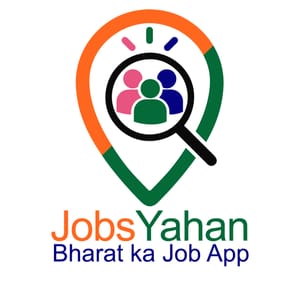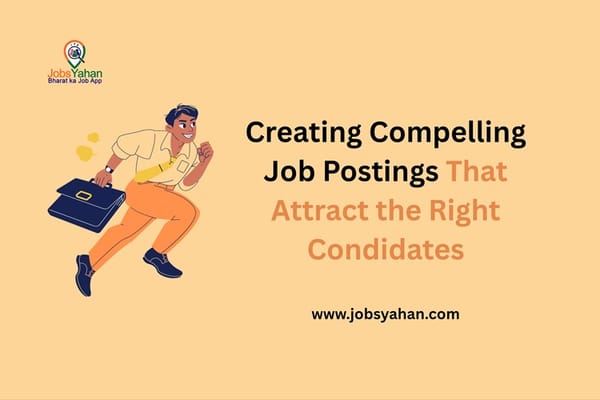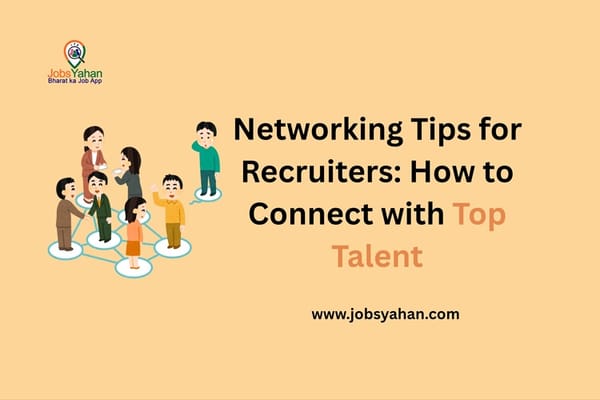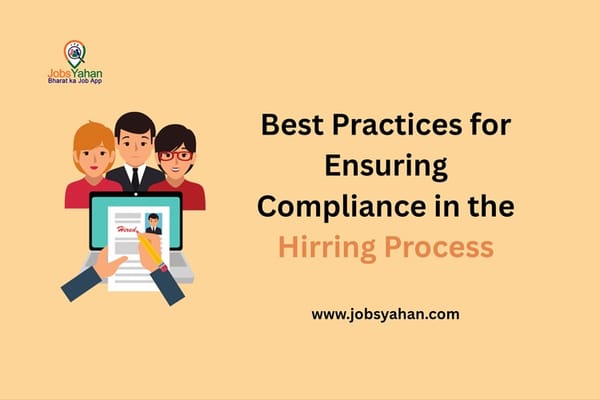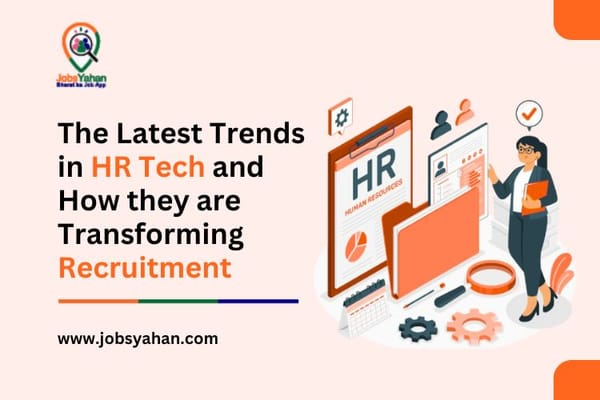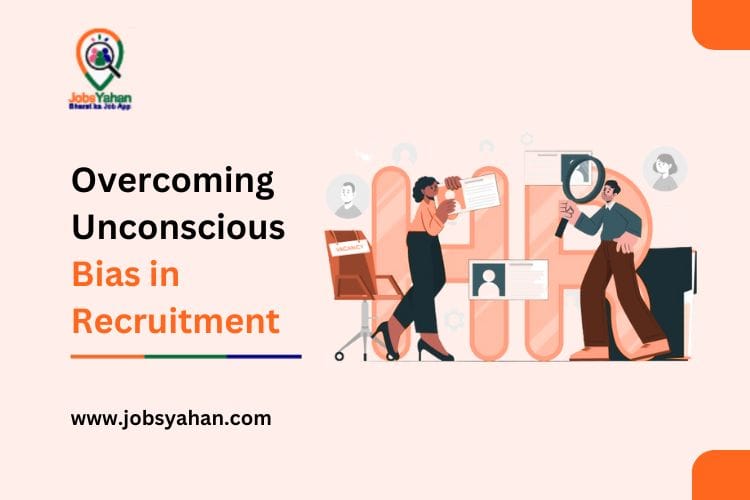
To win the talent competition today, you must realize that it is about attracting and retaining the best because this, in turn, leads to organizational success. Unfortunately, even the most straightforward-minded recruiters cannot really avoid unconscious bias, which has seeped inside stereotypes and assumptions, influencing decisions beyond our knowledge. Such biases, often acted upon below our level of awareness, lead to discriminatory hiring and squelch innovation-and yes, even affect your bottom line.
As recruitment specialists, we are charged with the responsibility of devising equitable practices that advocate diversity in recruitment. Recognizing and actively working to overcome unconscious bias is hence not a matter of ethics alone but a strategic issue. This edition of Recruiter Gyan covers thoroughly the subject of unconscious bias to provide insightful, practical suggestions on how to restrict bias in the recruitment process and finally achieve the goal of overcoming unconscious bias in recruitment.
Understanding the Subtle Saboteurs: Types of Unconscious Bias in Hiring
Now let's examine the different ways an unconscious bias can manifest in the recruitment process before attempting to solve it. Knowledge of these dangers is the first way to take their power away.
Affinity Bias (Similarity Attraction): We like people who share similar backgrounds, interests, or experiences to us. Thus, only like-minded people join our company, limiting divergent views.
Confirmation Bias: We look for any clues that will help support our initial impressions of the candidate, dismissing the ones that oppose them. This leads us to ignore any red flags or prematurely disqualify promising candidates.
Halo Effect: The candidate's single positive trait will blind us to any other relevant information, granting an overall assessment too flattering.
Horns Effect: Conversely, a single negative trait can blacken every other characteristic and result in an egregious dismissal of qualified candidates.
Anchoring Bias: During the entire recruitment process, the first piece of information we obtain about a candidate, for example, a previous salary, will unjustifiably weigh heavier in our minds even though it has nothing to do with the present position.
Availability Heuristic: Presently accessible data, especially fresh memories of a recent setback involving a candidate from any particular background, assume more significance.
Gender Bias: Candidate assessment based on gender-linked assumptions about competence and suitability can lead to many unnecessary advantages or disadvantages.
Name Bias: Research has shown that candidates whose names suggest the candidate belongs to a certain racial or ethnic background may receive fewer interview requests than candidates who have more "norm" names.
Age: Age discrimination involves assumptions about people that may keep older professionals from being considered or may lead to the rejection of younger applicants for lack of maturity.
Screening and Shortlisting Applicants
Be Specific and Objective: How to Create Required and Desired Skills and Qualifications for Each Position: Before reading applications, establish all the required and desirable skills and qualifications for each position. Evaluating applicants on these pre-established standards consistently.
Standardized Scorecards: Have scorecards that are standardised with pre-determined rating scales to evaluate against the established standards. This will offer a fair point of similar comparison and objectivity.
Multiple Reviewers: Use several reviewers in screening resumes in order to minimize individual biases. Different perspectives can help identify qualified individuals who would be overlooked by a single reviewer.
Develop a Culture of Inclusive Recruitment
Overcoming unconscious bias is one of executing some strategies; it deals with cultivating a culture of inclusion within your business.
Leadership Commitment: Above all, it needs leadership commitment to put in place and sustain efforts that can remove bias from the hiring process.
Open Communication: Create open communication on bias and facilitate a safe climate for employees to speak up about concerns.
Continuity of Improvement and Learning: Consistently review your processes-their feedback is taken-and make adjustments based on what you discover.
Accountability: Hold people-and teams-accountable to equitable and unbiased hiring practices.
Interview Process
Structured Interviews: Create a standardized question set for all candidates vying for the same position. Ask identical questions in the same sequence to provide an unbiased and equal assessment.
Panel Interviews: Interview with a diverse panel of interviewers. This can balance out personal biases and give a more complete evaluation of the candidate.
Document Assessment and Giving Feedback: Ask interviewers to record their assessments and give objective, specific feedback in accordance with the predefined standards. This aids in maintaining accountability and transparency.
Conquering unconscious bias during hiring is a continuous process, rather than an end point. Through recognizing the hidden mechanisms by which bias infiltrates our judgment and making efforts along the way in the hiring process, we can create fairer, more balanced, and ultimately more effective organisations. pool of talent, a more creative workforce and a greater competitive advantage. Professionals, let us lead the way in these practices and set the stage for an authentic, inclusive future of work.
JobsYahan is an intuitive web- and mobile-based platform designed to streamline the employment process for India's workforce. Tailored specifically for skilled, semi-skilled, and unskilled workers, it offers a vernacular and location-based approach to job searching and recruitment.


